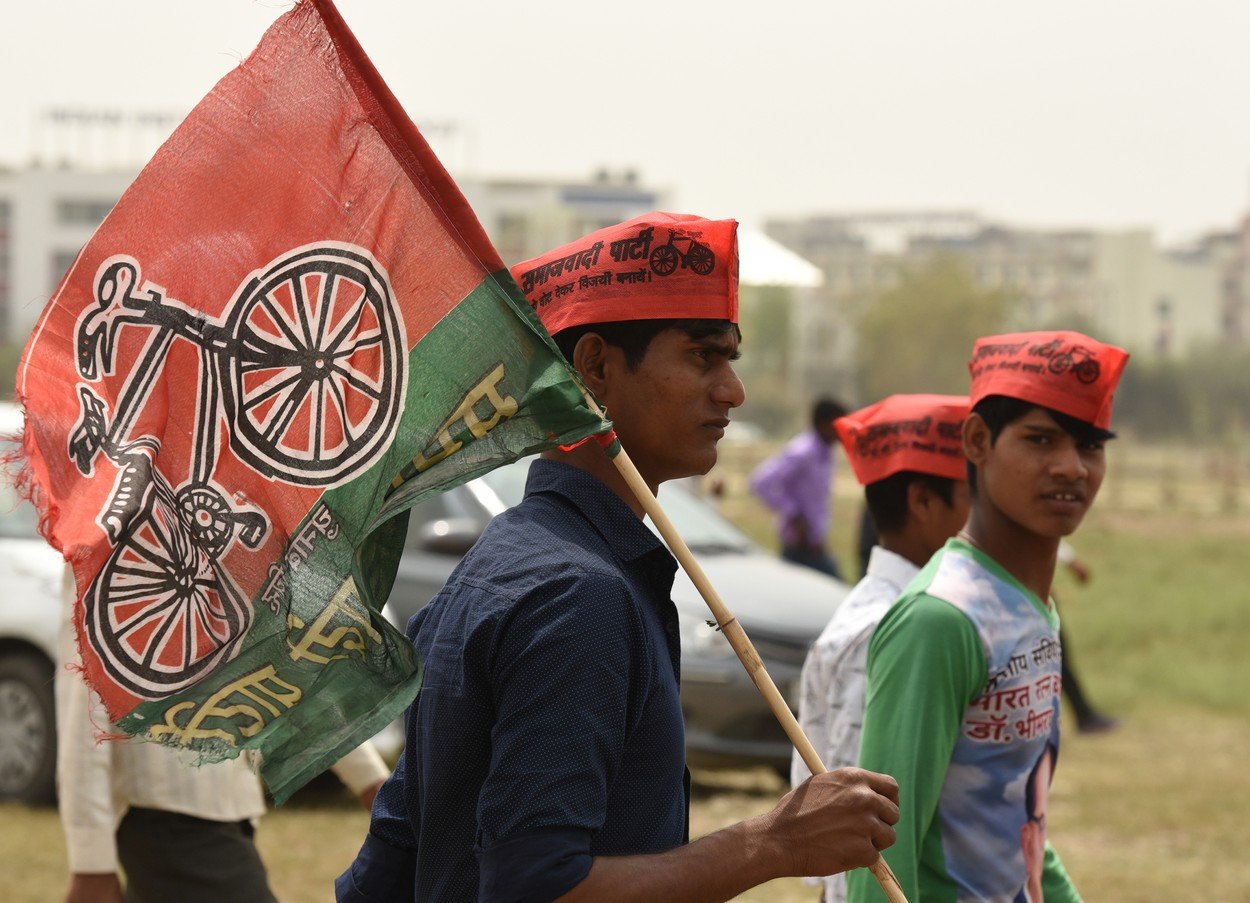In the late 19th century, the bicycle became a symbol of feminism for white middle- and upper-class women, whose duty it was, they were repeatedly told, to stay home to cook, clean and care for their husbands and children. The bike, however, enabled them to get out of the house to exercise and see other people. This terrified their husbands, of course, as it did the entire patriarchy, because they saw it as a means for women to lose their “sexual innocence”.
Riding in a saddle was widely regarded, by men, as being too “masculine” for a “decent” woman, and numerous doctors wrote articles in medical journals warning about how the bicycle could be used by women for masturbation.
As one Victorian-age physician wrote, “The saddle can be tilted in every bicycle as desired… In this way a girl… could, by carrying the front peak or pommel high, or by relaxing the stretched leather in order to let it form a deep, hammock-like concavity which would fit itself snugly over the entire vulva and reach up in front, bring about constant friction over the clitoris and labia. This pressure would be much increased by stooping forward and the warmth generated from vigorous exercise might further increase feeling.”
More than sexual freedom, the bicycle was a symbol of freedom per se because it afforded women, who unlike their husbands did not drive cars, the opportunity to get around and gain a measure of independence. It became so important a symbol that the American women’s rights activist Susan B. Anthony declared in 1896: “Let me tell you what I think of bicycling. I think it has done more to emancipate women than anything else in the world. I stand and rejoice every time I see a woman ride by on a wheel.”

The so-called New Woman always rode a bike.
Women were not the only social class to see the bicycle as liberating. Workers too poor to afford cars could now get on a bike and cycle around town. This worsened already strained class relations in Britain, where the bike had been a status symbol for the wealthy in the days before mass production, when it was a rare and expensive commodity.
To maintain the illusion of class superiority, a group of elites in England started riding tricycles to distinguish themselves from the “common” labourers, who favoured two-wheelers. Tricycles were supposedly more dignified because they were expensive. Associations of tricyclists were founded by the wealthy and professionals, and they excluded anyone not wealthy or professional.
The Tricycle Union, which was formed by wealthy members of the London Society in 1882, put pressure on city governments to exclude bicycles from parks, declaring: “It is desired by most tricyclists to separate themselves entirely from the bicyclists, who are a disgrace to the pastime, while tricycling includes Princes, Princesses, Dukes, Earls, etc. It is plain that the tricyclists are altogether a better class than the bicyclists.”

In today’s India, where symbols have always been an essential part of politics, the bicycle has significant brand value, especially for the Samajwadi Party. It has its voter base in the rural and agrarian state of Uttar Pradesh, where the bike is one of the most popular means of transportation. Party leaders often cycle during political campaigns and hand out bikes to their supporters. On its website, the party says that it “gives immense importance to the development of common man and thus adopted the vehicle of the common man – a bicycle – as its symbol.”
The bike is such an important political symbol for the party that it was the focus of a battle between the father and son who had controlled the Samajwadi Party for years. According to the New York Times of January 16, 2017, “India’s election commission… resolved a feud that had split one of the country’s most powerful political dynasties, by granting the politician Akhilesh Yadav his party’s most recognizable asset: the image of a bicycle.”
The father had kicked his son out of the party temporarily because of a political dispute. Father and son then struggled to control both the party and the symbol. The commission ruled in favour of the son because he had the support of most of the party’s legislators, giving the son a vital political victory.
In a speech, Akhilesh Yadav explained the power of the bicycle symbol: “The bicycle moves after you strike a balance, of pushing the pedal and holding the handle, and I feel that somehow the bicycle teaches us something. If we move with as much balance as we do while riding a bicycle, we will be successful in life.”





